大竹伸朗 – 網膜屋/記憶濾過小屋
Retinamnesia Filtration Shed
2014
Mixed media
Dimensions variable
Information
Retinamnesia Filtration Shed, 2014
Commissioned by Yasumasa Morimura for his edition of Yokohama Triennale 2014, “ART Fahrenheit 451: Sailing into the Sea of Oblivion,” Retinamnesia Filtration Shed expands the Scrapbook format to architectural scale. The Japanese title, Momakuya 網膜屋, is a made-up word that means “Retina Trader” or, more idiomatically, the “Retina Man.” Incorporating scores of found family photographs, neon lights, a boat hull, trailer wheels, and other objects, the sculptural environment is conceived as the workspace of a fictional character whose job it is to process the memories of different people, places, and times. Its domestic touches such as tatami mats and old lamps recall the once-and-future destiny of home industry: familyrun businesses such as tofu makers, cleaners, and repair shops are gradually being replaced by corporate chains, but the rise of the internet and social media points to a coming era of atomized remote labor. According to Ohtake, Retinamnesia Filtration Shed is about forgetting and the reproduction of memory. An absent presence, the Retina Man is a figure of the processes by which we constantly duplicate our memories in order to access them and use them creatively, and his workspace is factory for memory reproduction. Along with MON CHERI: A Self-Portrait as a Scrapped Shed, made for document 13 in 2012, Retinamesia Filtration Shed is among a group of works that establish metaphoric parallels between architectural structures and embodied experiences.
Exhibition History
- 2014
-
「ヨコハマトリエンナーレ2014: 華氏451の芸術 世界の中心には忘却の海がある」 新港ピア, 横浜
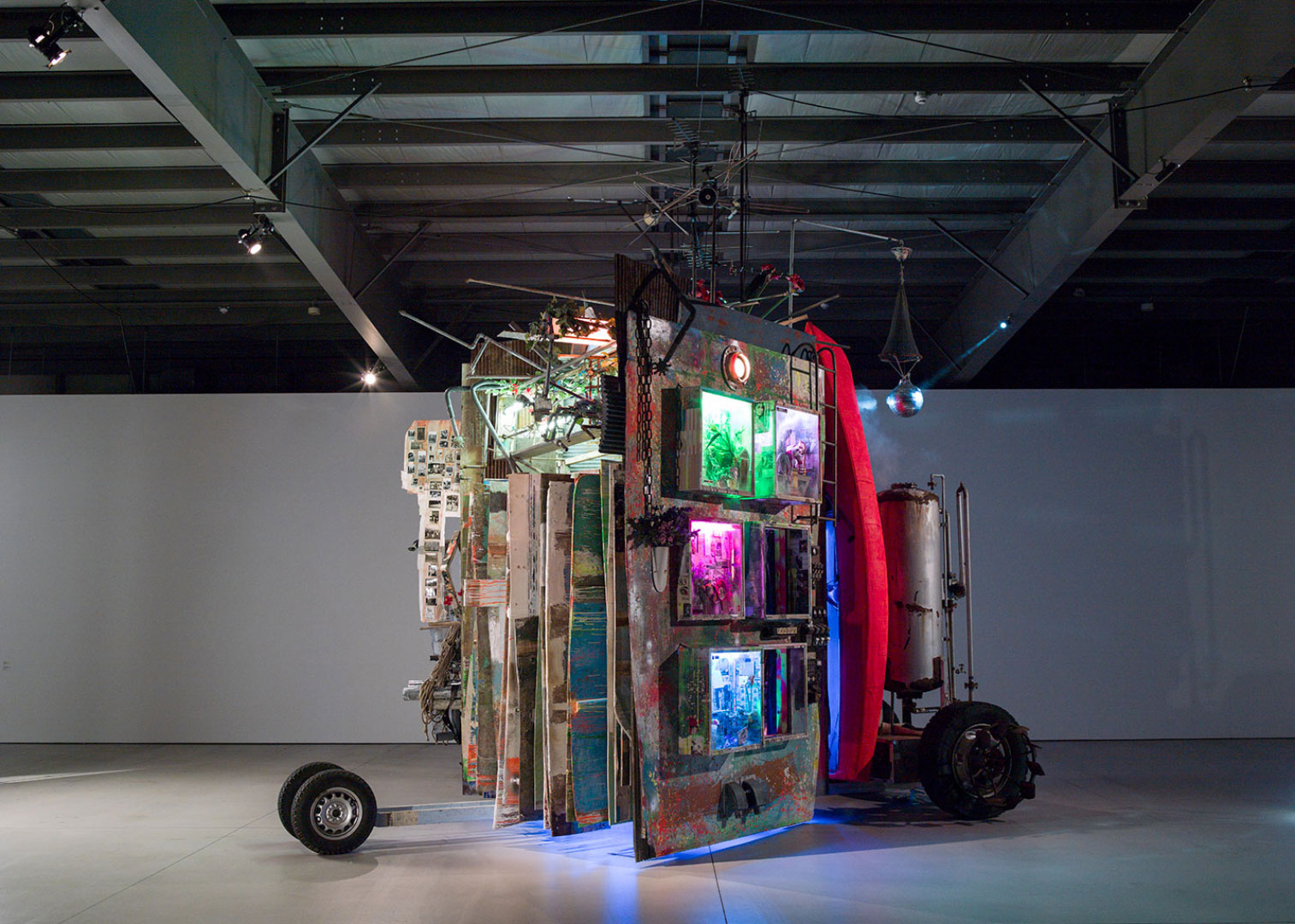 Installation view of Yokohama Triennale 2014: Art Fahrenheit 451, Sailing into the sea of oblivion, Shinko Pier Exhibition Hall, Yokohama, Japan, photo: Kei Okano
Installation view of Yokohama Triennale 2014: Art Fahrenheit 451, Sailing into the sea of oblivion, Shinko Pier Exhibition Hall, Yokohama, Japan, photo: Kei Okano 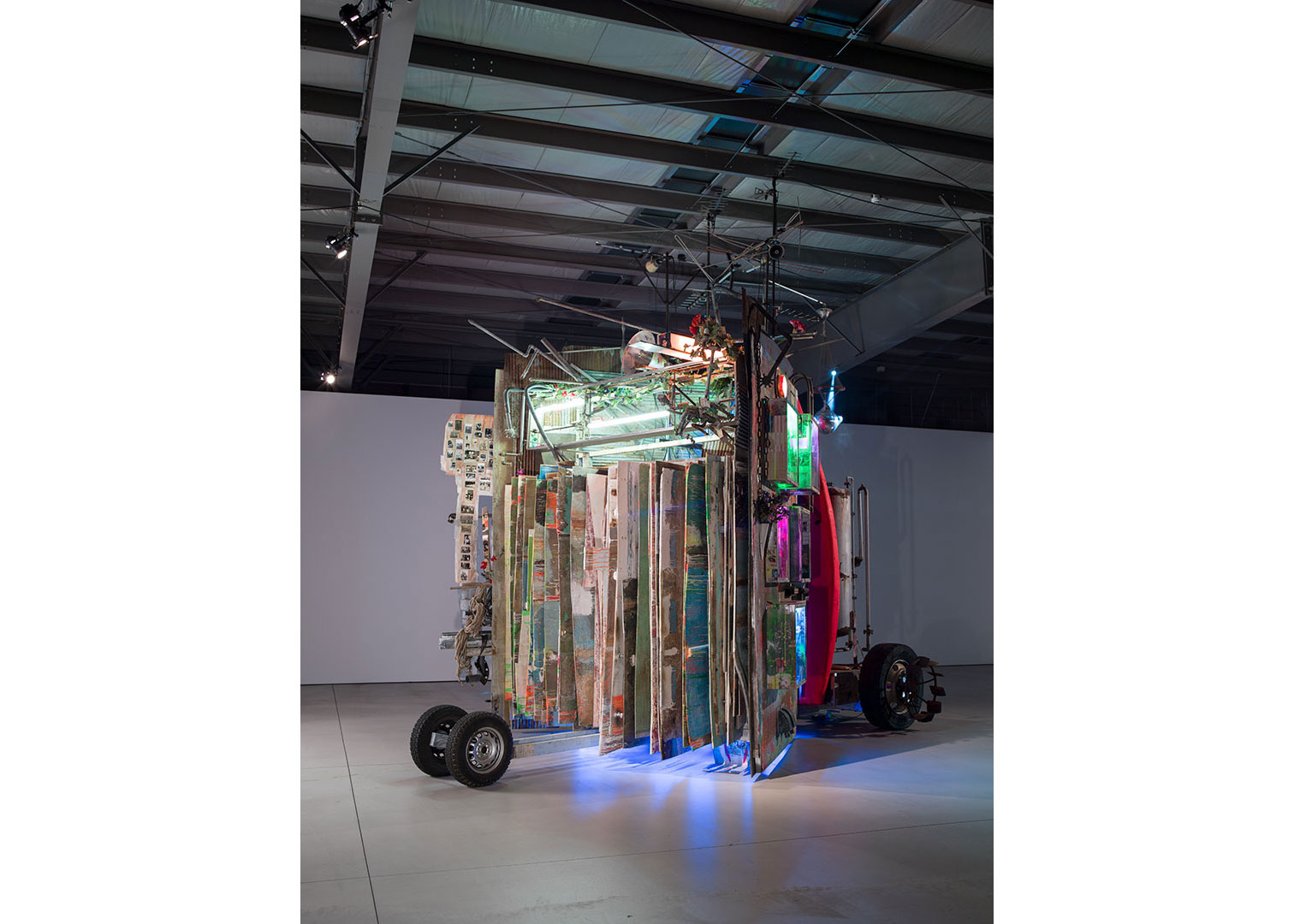 Installation view of Yokohama Triennale 2014: Art Fahrenheit 451, Sailing into the sea of oblivion, Shinko Pier Exhibition Hall, Yokohama, Japan, photo: Kei Okano
Installation view of Yokohama Triennale 2014: Art Fahrenheit 451, Sailing into the sea of oblivion, Shinko Pier Exhibition Hall, Yokohama, Japan, photo: Kei Okano 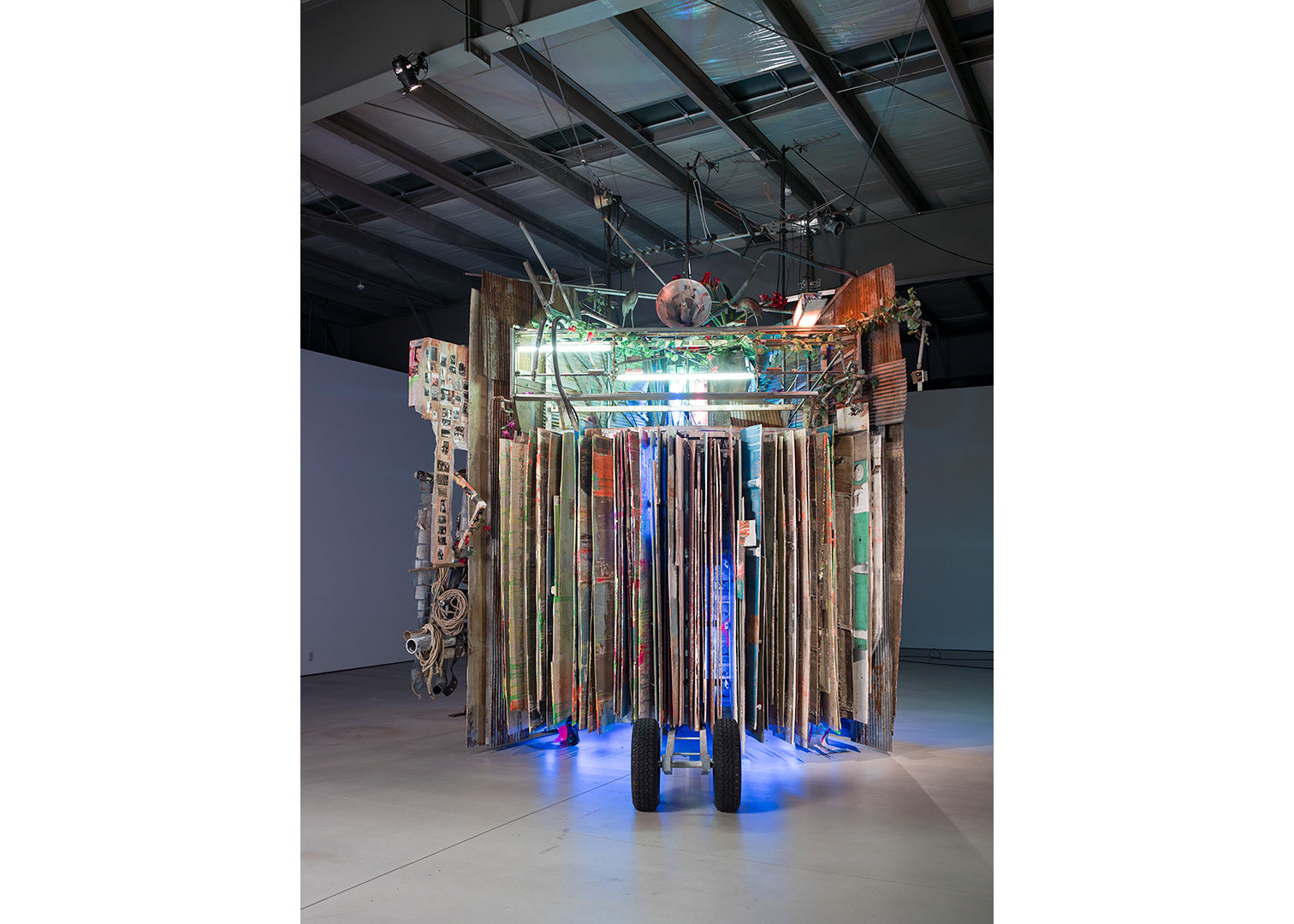 Installation view of Yokohama Triennale 2014: Art Fahrenheit 451, Sailing into the sea of oblivion, Shinko Pier Exhibition Hall, Yokohama, Japan, photo: Kei Okano
Installation view of Yokohama Triennale 2014: Art Fahrenheit 451, Sailing into the sea of oblivion, Shinko Pier Exhibition Hall, Yokohama, Japan, photo: Kei Okano 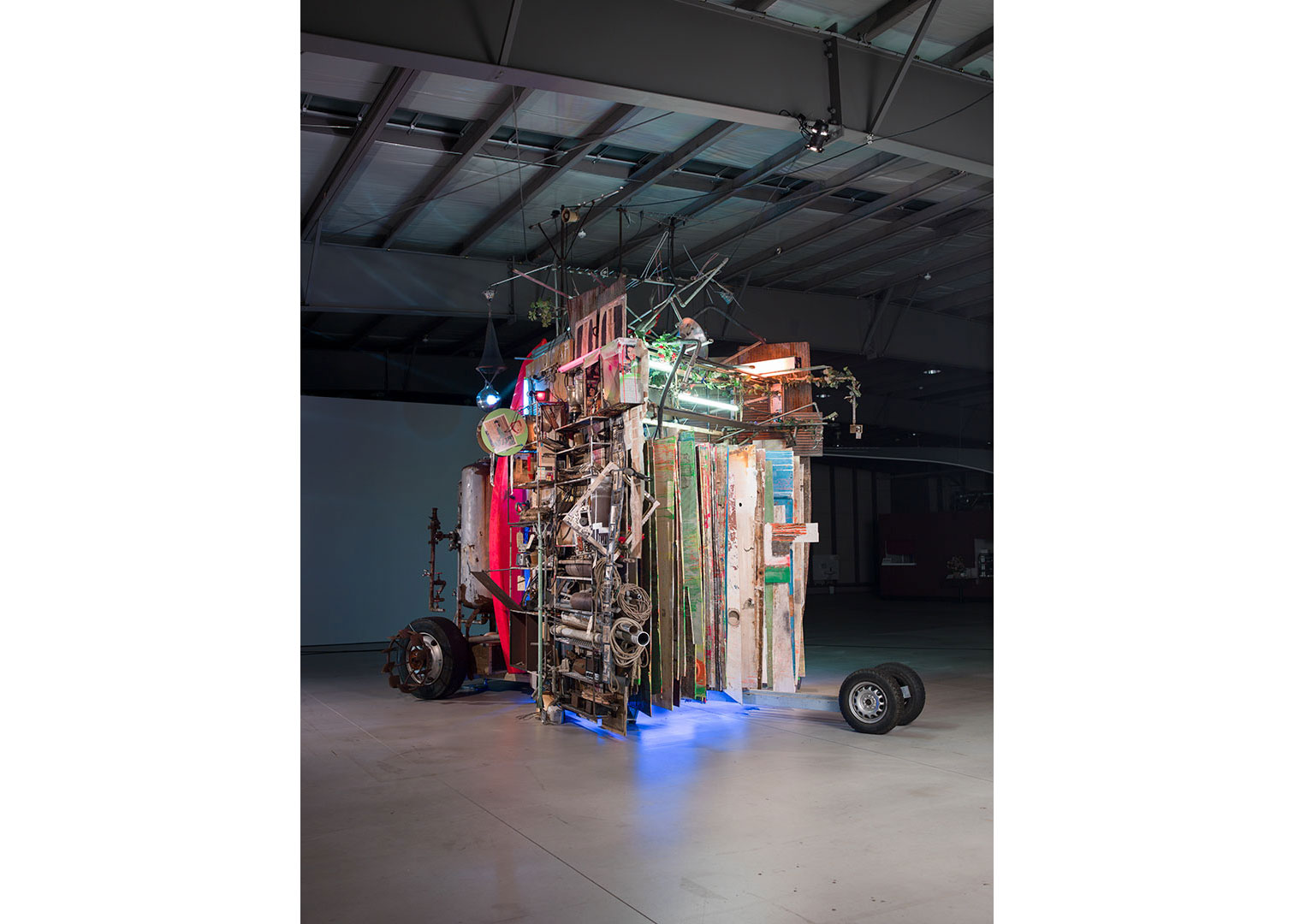 Installation view of Yokohama Triennale 2014: Art Fahrenheit 451, Sailing into the sea of oblivion, Shinko Pier Exhibition Hall, Yokohama, Japan, photo: Kei Okano
Installation view of Yokohama Triennale 2014: Art Fahrenheit 451, Sailing into the sea of oblivion, Shinko Pier Exhibition Hall, Yokohama, Japan, photo: Kei Okano 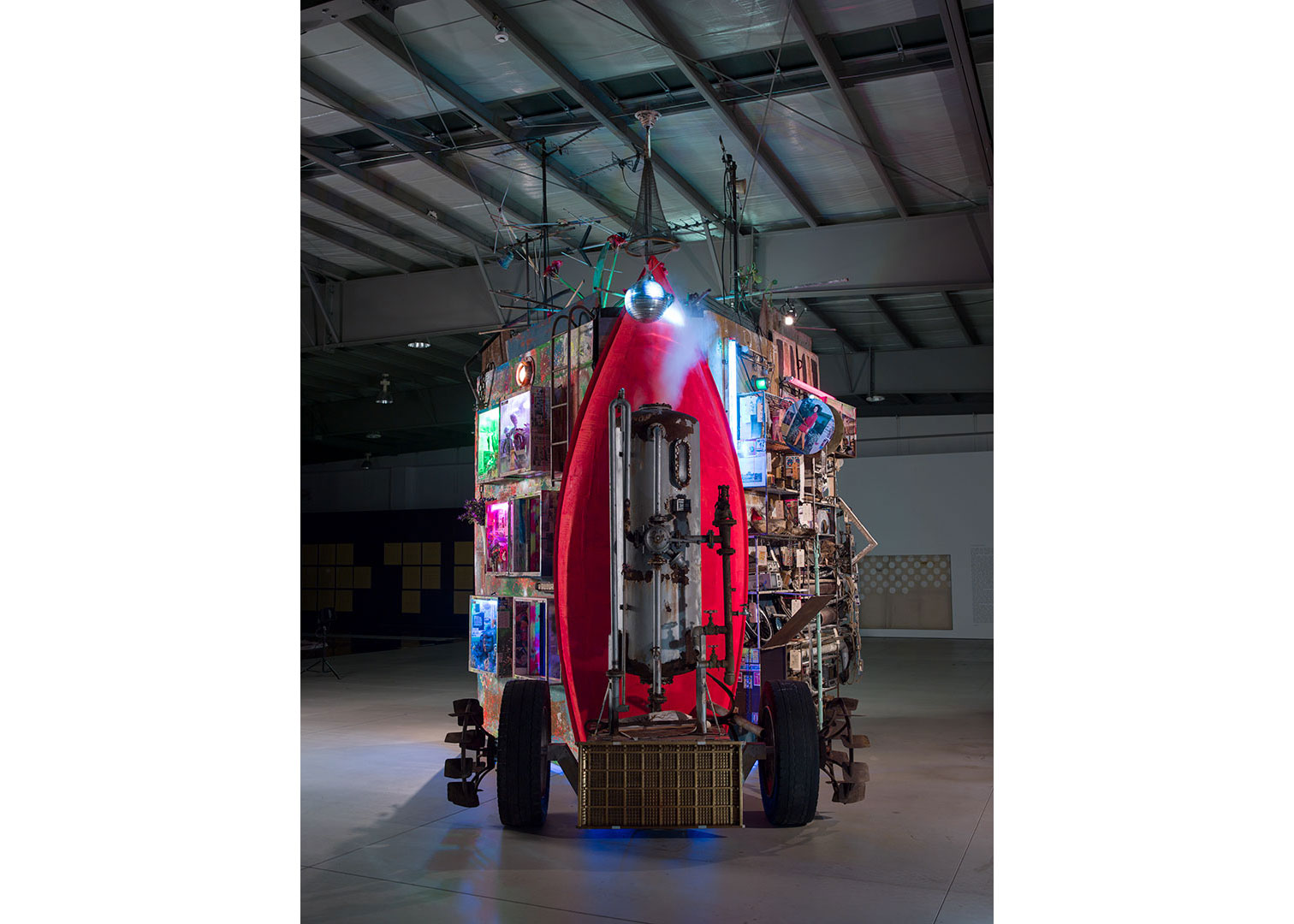 Installation view of Yokohama Triennale 2014: Art Fahrenheit 451, Sailing into the sea of oblivion, Shinko Pier Exhibition Hall, Yokohama, Japan, photo: Kei Okano
Installation view of Yokohama Triennale 2014: Art Fahrenheit 451, Sailing into the sea of oblivion, Shinko Pier Exhibition Hall, Yokohama, Japan, photo: Kei Okano 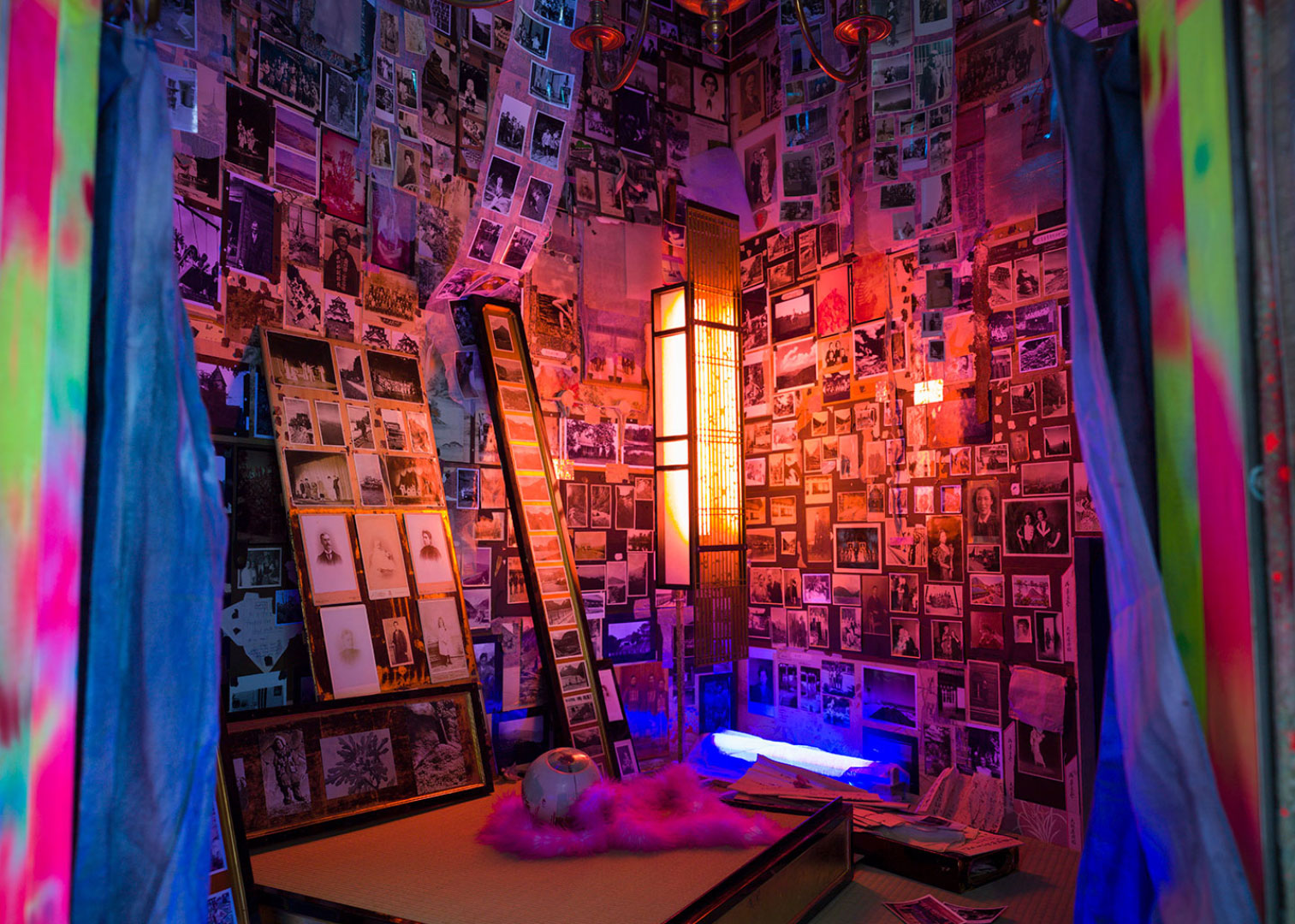 Installation view of Yokohama Triennale 2014: Art Fahrenheit 451, Sailing into the sea of oblivion, Shinko Pier Exhibition Hall, Yokohama, Japan, photo: Kei Okano
Installation view of Yokohama Triennale 2014: Art Fahrenheit 451, Sailing into the sea of oblivion, Shinko Pier Exhibition Hall, Yokohama, Japan, photo: Kei Okano 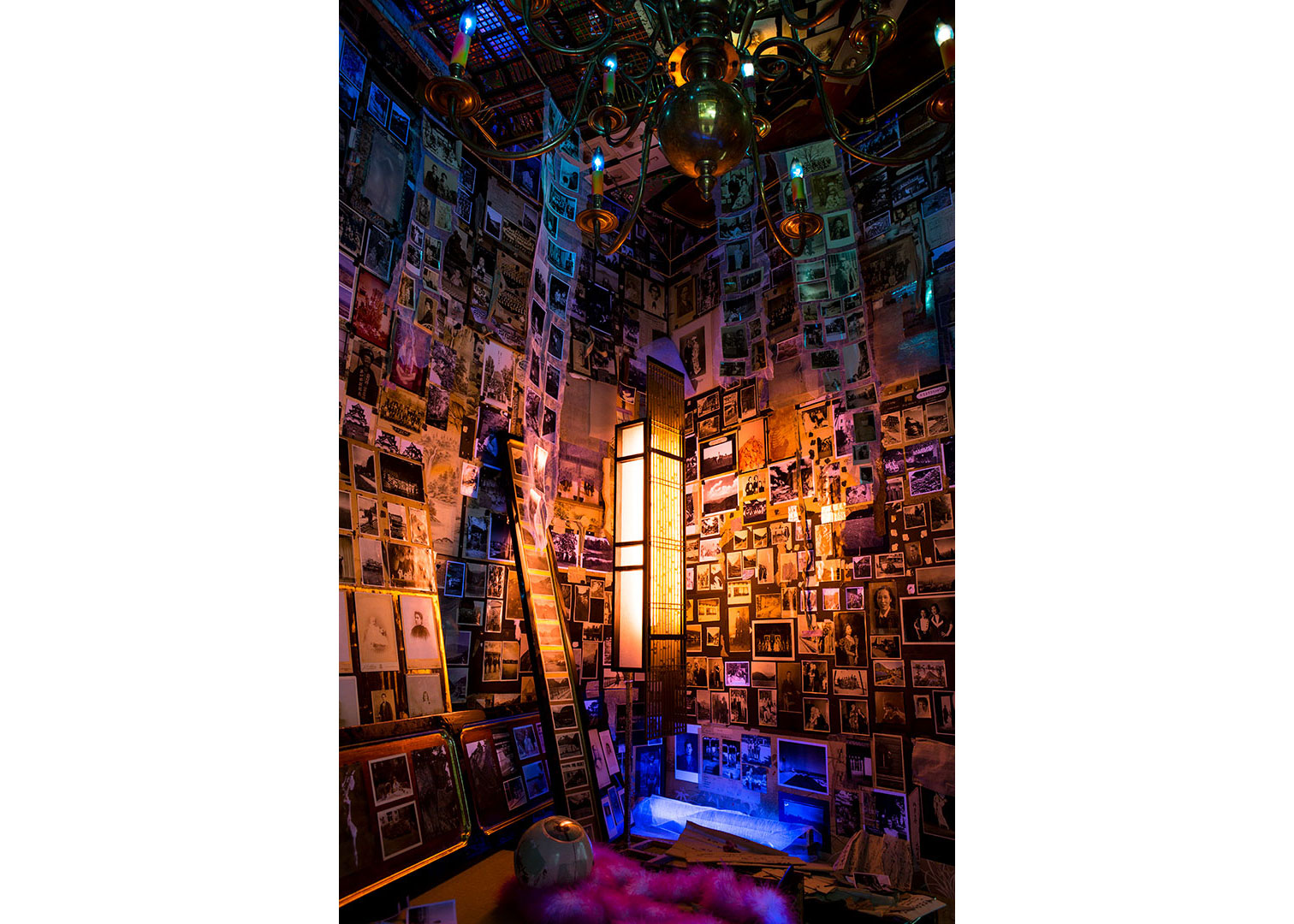 Installation view of Yokohama Triennale 2014: Art Fahrenheit 451, Sailing into the sea of oblivion, Shinko Pier Exhibition Hall, Yokohama, Japan, photo by Masahito Yamamoto
Installation view of Yokohama Triennale 2014: Art Fahrenheit 451, Sailing into the sea of oblivion, Shinko Pier Exhibition Hall, Yokohama, Japan, photo by Masahito Yamamoto 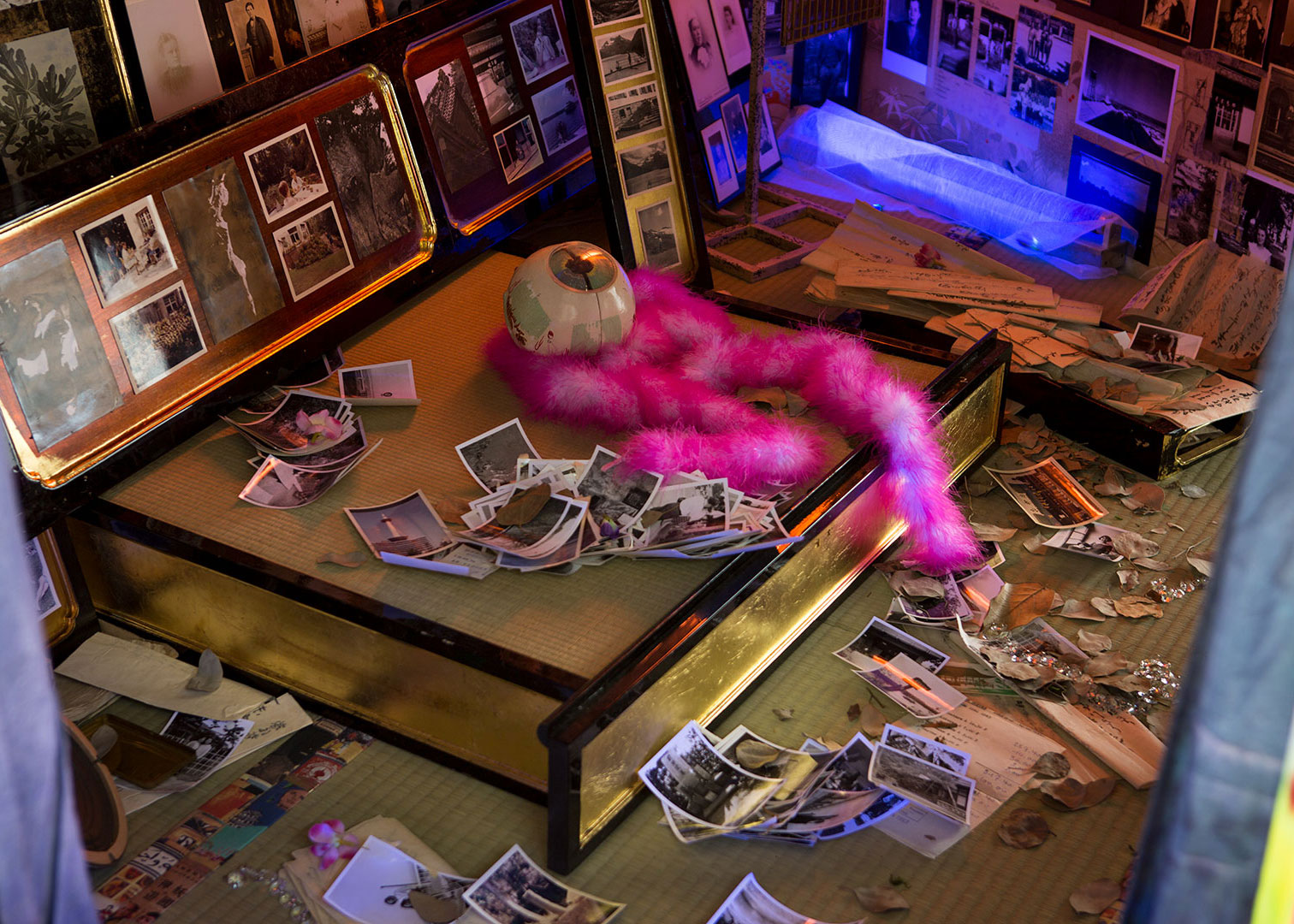 Installation view of Yokohama Triennale 2014: Art Fahrenheit 451, Sailing into the sea of oblivion, Shinko Pier Exhibition Hall, Yokohama, Japan, photo by Masahito Yamamoto
Installation view of Yokohama Triennale 2014: Art Fahrenheit 451, Sailing into the sea of oblivion, Shinko Pier Exhibition Hall, Yokohama, Japan, photo by Masahito Yamamoto  Installation view of Yokohama Triennale 2014: Art Fahrenheit 451, Sailing into the sea of oblivion, Shinko Pier Exhibition Hall, Yokohama, Japan, photo by Masahito Yamamoto
Installation view of Yokohama Triennale 2014: Art Fahrenheit 451, Sailing into the sea of oblivion, Shinko Pier Exhibition Hall, Yokohama, Japan, photo by Masahito Yamamoto 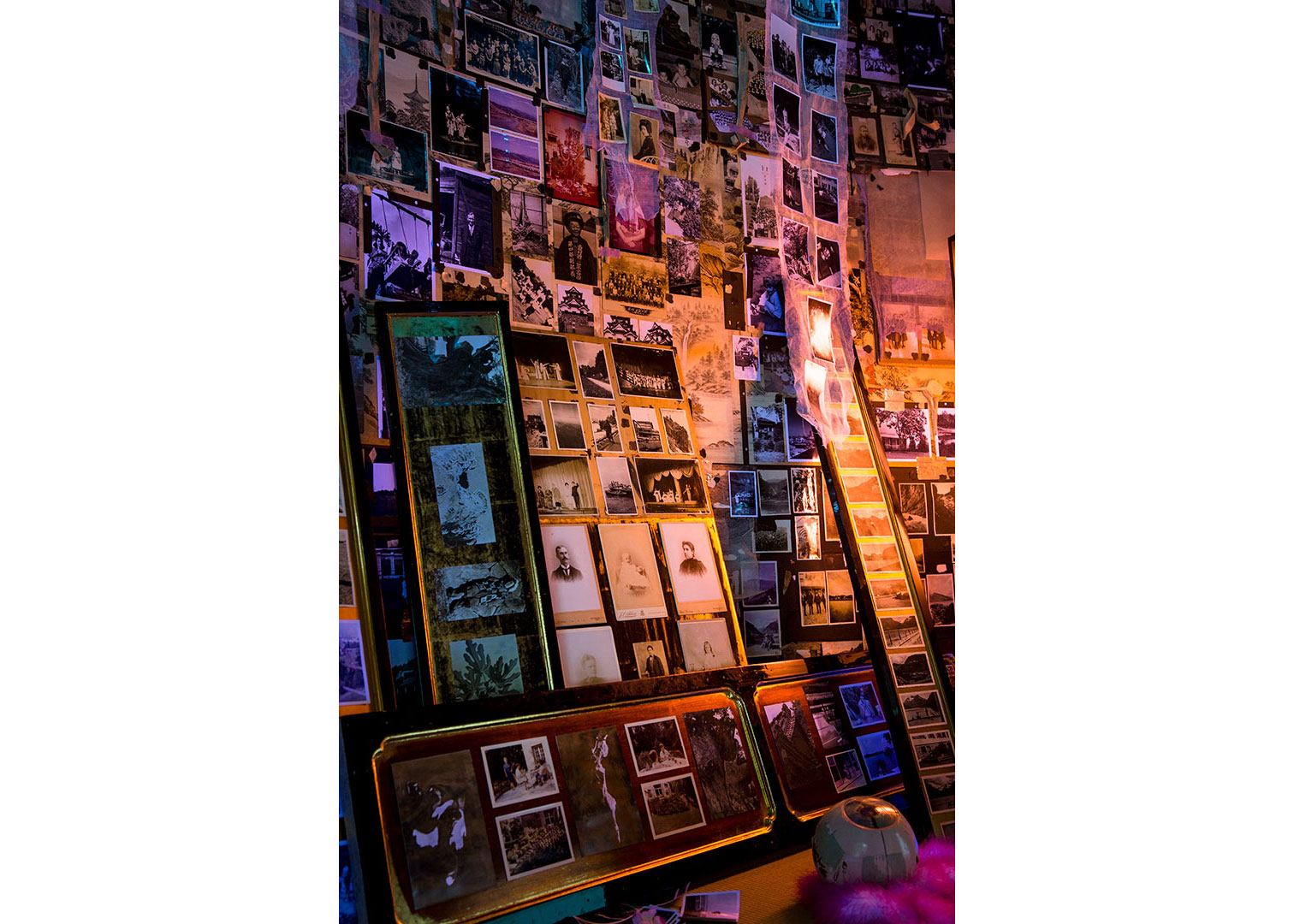 Installation view of Yokohama Triennale 2014: Art Fahrenheit 451, Sailing into the sea of oblivion, Shinko Pier Exhibition Hall, Yokohama, Japan, photo by Masahito Yamamoto
Installation view of Yokohama Triennale 2014: Art Fahrenheit 451, Sailing into the sea of oblivion, Shinko Pier Exhibition Hall, Yokohama, Japan, photo by Masahito Yamamoto 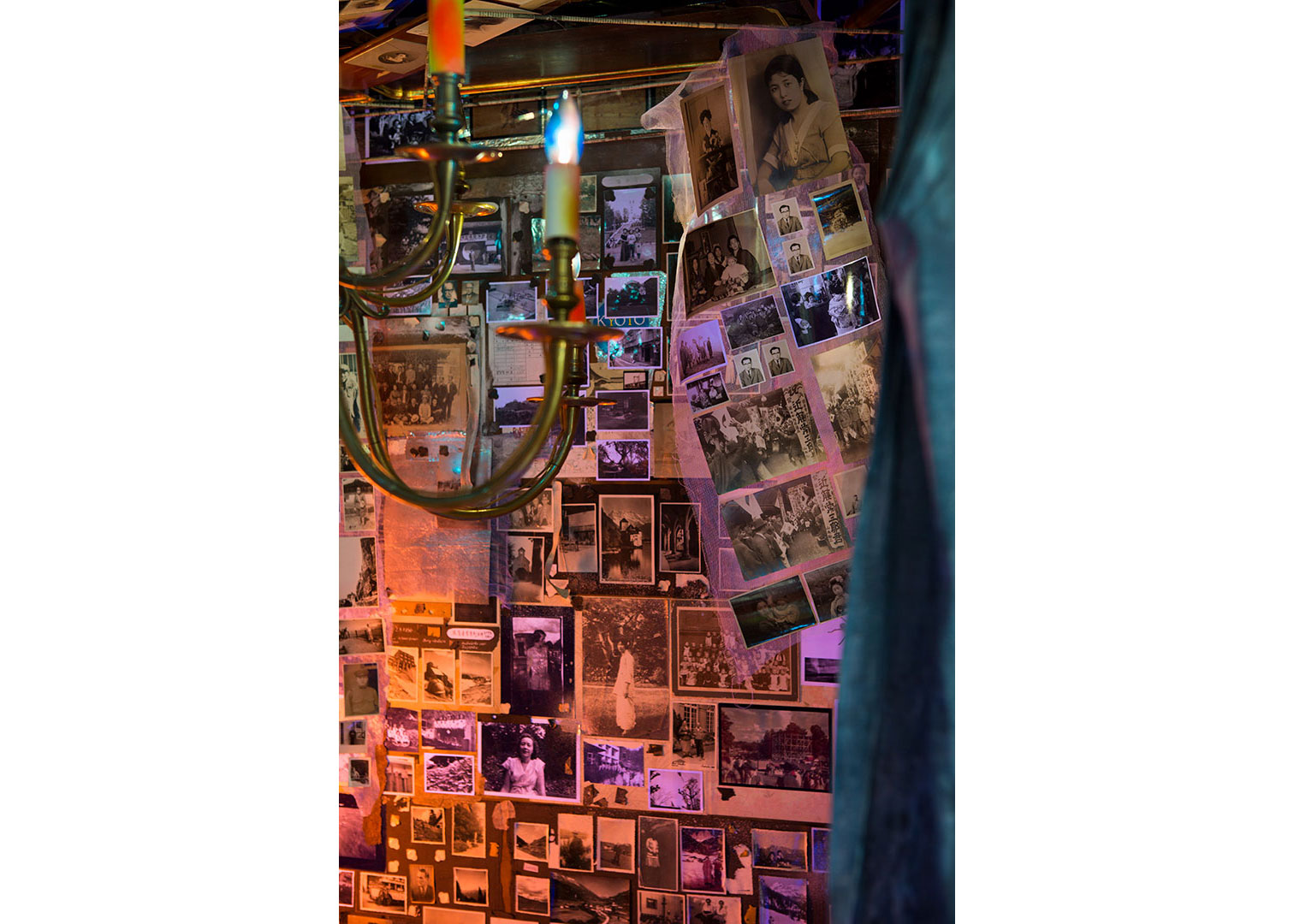 Installation view of Yokohama Triennale 2014: Art Fahrenheit 451, Sailing into the sea of oblivion, Shinko Pier Exhibition Hall, Yokohama, Japan, photo by Masahito Yamamoto
Installation view of Yokohama Triennale 2014: Art Fahrenheit 451, Sailing into the sea of oblivion, Shinko Pier Exhibition Hall, Yokohama, Japan, photo by Masahito Yamamoto 